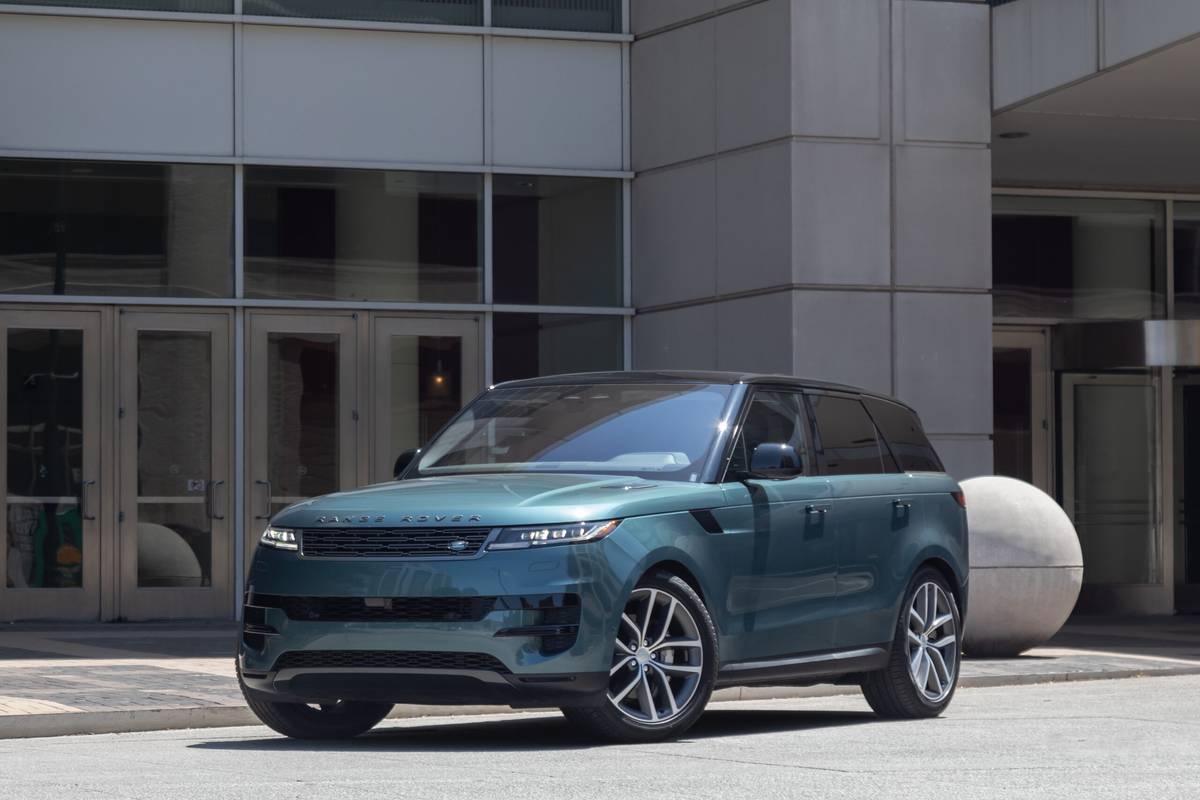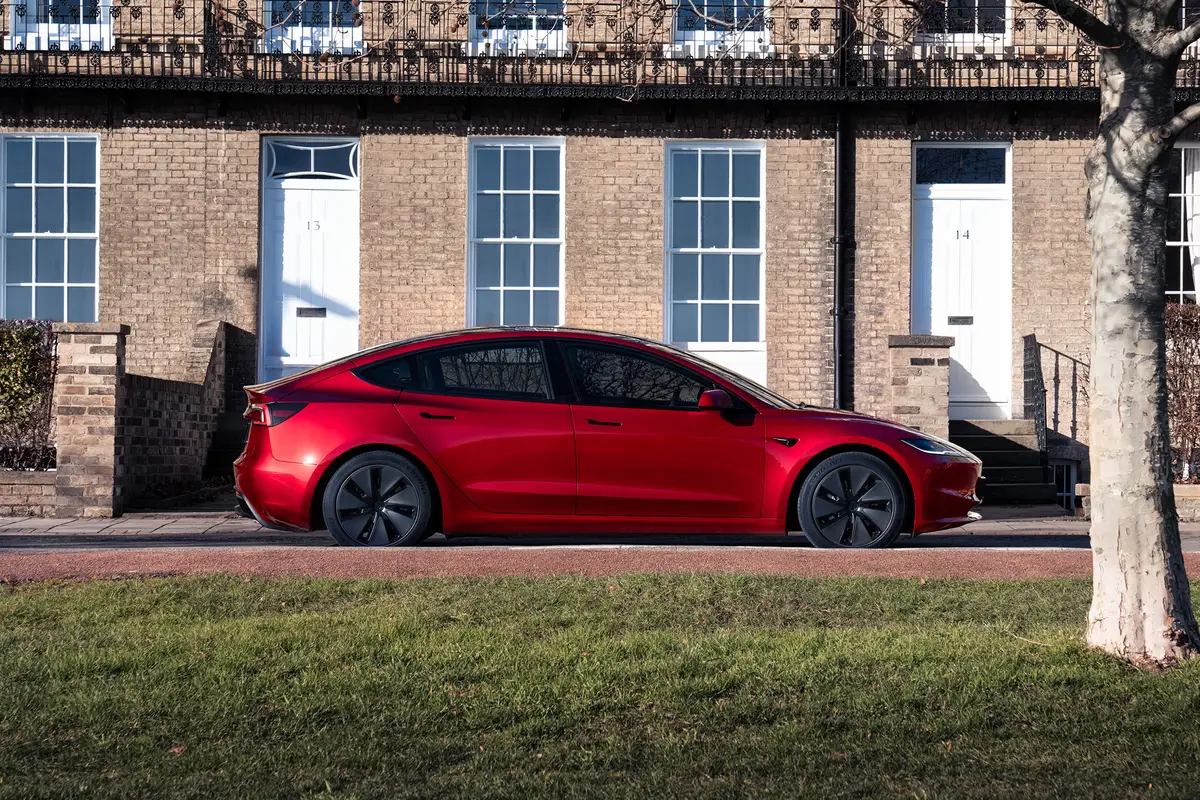Boston.com's view
PETALUMA, Calif. — The road has taken us through hilly farmland north of San Francisco to a planned stop at a local landmark, the Marin French Cheese Company.
Parked in the shop’s lot is something not at all “cheesy,” a Honda CRX, one of the noted “Pocket Rockets” built in the 1980s and early ’90s that attracted an almost cult-like following.
We pulled in alongside because we wanted to photograph it next to the new CR-Z we were driving as part of an introductory drive sponsored by Honda early this month.
Mission accomplished, even though the accompanying photo had to be taken with a smart-phone camera.
We missed chatting with the owner, who came out of the store and departed while we were using the rest room. I’d have been curious to know how long she’d owned her CRX, how many miles it had on the odometer, and what she thought of the new one.
We knew the driver was a “she” because a Honda rep witnessed her departure and told us she had given our CR-Z a “walk-around.”
Honda starts selling the CR-Z this Aug. 24. It’s a two-passenger, sporty hybrid hatchback, something that the CRX would have evolved into had production not ceased in 1991. Styling cues make the new CR-Z’s heritage unmistakable with its low, wide stance and chopped rear.
The available six-speed manual, a first in a hybrid (a 5-speed was available on the first Insight), sets the CR-Z apart from the crowd. So does the driving experience, which becomes downright fun when the roads get curvy and it’s time to run up and down through the gears.
The “sporty hybrid” is an interesting approach because the American public’s perception of hybrids has been as fuel economy champions, not performance cars. Honda found that out from 2005-2007 when it marketed the Accord V6 Hybrid. That hybrid got better mileage than a standard Accord, but it really was a performance-oriented vehicle. The buying public never caught on.
The CR-Z is another venture in that direction. It mixes economy (high 30s) with performance and crisp handling. Honda projects an overall figure of 37 mpg, below the 40-50 mpg range regularly achieved by the gas-powered originals but still projected to be in the top five of all EPA-rated vehicles for 2010-2011. It will be the third hybrid in Honda’s current lineup, joining the thrifty Insight and Civic Hybrid.
Three driving modes — eco, normal, and sport — adjust throttle response, steering, and electric motor input. In “eco” mode, the CR-Z’s performance is much like driving an Insight or Civic in their own eco modes. The car chooses a lower throttle response (unless you fully depress the accelerator), cuts back on air-conditioning compressor engagement and fan speeds, and picks higher transmission ratios (for lower engine rpms). However, switch to “normal” and you’ve got a peppy response. Choose “Sport” mode and the car cranks up throttle response, speeds the electrically assisted power steering response, and CVT (continuously variable transmission) ratios are shifted lower to maintain higher engine revolutions.
The target buyer is in the 25- to 35-year-old range, is single, college-educated, and earns between $40,000 and $60,000 a year. “Many in that group either don’t know how to drive a manual transmission or never would consider buying one,” said Steve Center, vice president of marketing operations. Honda executives project that as many as 75 percent of buyers will opt for the CVT version.
We had a chance to drive two variations, a base CR-Z with the CVT and a top-of-the line EX with navigation and the six-speed manual. For the record, the other half of “we” was driving partner Ken Gross, a Swampscott native and long-time automotive journalist.
The CR-Z has the sixth generation of Honda’s IMA (integrated motor assist) hybrid system, a “mild” configuration that allows the 10-kilowatt electric motor to provide extra torque, but not enough to operate without the gas engine. There’s no cutting in and out except when the gas engine shuts down at a stop light (if the A/C isn’t blasting) and the electric motor smoothly restarts it. Manual CR-Zs will only shut off when the driver brakes, depresses the clutch, and shifts into neutral. The engine restarts as soon as another gear is selected.
Those who opt for this six-speed will appreciate the “hill assist” feature that keeps the car from rolling backwards for a second when starting off, something we did often on San Francisco’s hilly streets. The manual has a short throw, and sixth gear is a tall overdrive for highway economy.
Honda appears to have created a bit of a niche in the auto market for this entry. You can expect the CR-Z to compete with the Mini, Scion tC, Volkswagen Beetle and GTI, and likely Honda’s own entry-level Fit.
The CR-Z will start below $20,000 (including destination) and peak somewhere above $27,000 for the upscale EX with navigation.
Inside, the CR-Z has a supportive sport seats, an intuitive/futuristic instrument panel, and aluminum-trimmed sport pedals. The highlights include a colored ring between the analogue tachometer and digital speedometer. It’s steady red when driving in sport mode; however, in normal and eco modes, it starts out as blue and changes to green if you’re driving economically. Like the Insight, the car also gives you an “eco” score in the form of a green leaf cluster when you shut down the engine.
Even a toll taker on the Golden Gate Bridge was keeping track of the CR-Zs buzzing around the area.
“Has Honda got something special going on?” she asked.
They think so … and so do we.
Latest news



